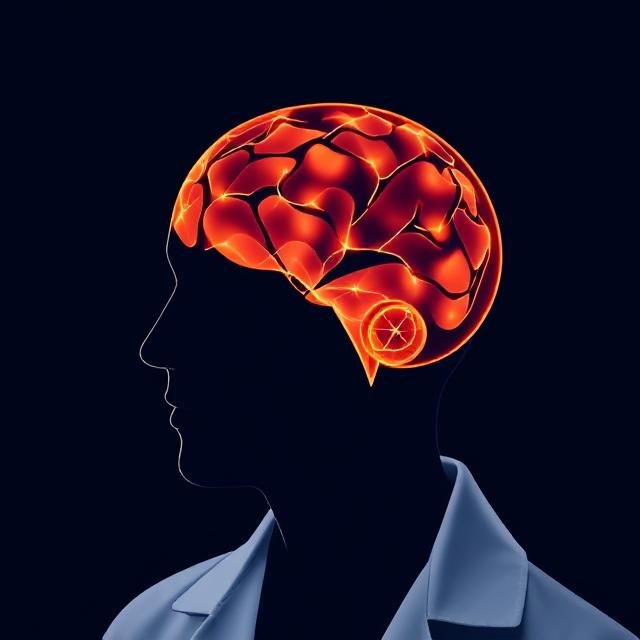Definition and Overview
Gender Dysphoria refers to the emotional and psychological distress that results from a disconnect between one’s gender identity (one’s internal sense of gender) and assigned sex at birth (based on physical anatomy).
In the Diagnostic and Statistical Manual of Mental Disorders, Fifth Edition, Text Revision (DSM-5-TR), gender dysphoria is classified as a condition requiring clinical attention—not because of the identity itself, but due to the distress it may cause.
It’s important to note:
➡️ Being transgender is not a mental illness.
➡️ The diagnosis of gender dysphoria helps individuals access gender-affirming medical care and mental health support.
Signs and Symptoms
The core feature of gender dysphoria is clinically significant distress. Common symptoms include:
- Persistent desire to be a gender different from one’s assigned sex
- Discomfort or aversion toward one’s primary or secondary sex characteristics
- Desire to be treated as another gender socially, legally, or medically
- Strong conviction that one has the typical feelings and reactions of another gender
- Depression, anxiety, or social withdrawal due to identity-related distress
In children, signs may include:
- Rejection of gendered clothing, toys, or roles
- Stated wish to be another gender
- Avoidance of bathrooms or locker rooms
Causes and Contributing Factors
While the exact cause of gender dysphoria is not fully understood, most experts agree it involves a complex interaction of:
Biological Factors:
- Prenatal hormone exposure influencing brain development
- Genetic components linked to gender identity
- Neuroanatomical differences (studies show brain structures in transgender individuals may more closely resemble their identified gender)
Psychological and Social Factors:
- Early childhood experiences
- Parental responses to gender nonconformity
- Societal pressures and gender norms
Note: None of these cause someone to be transgender. They are theories exploring why gender identity may differ from assigned sex.
Diagnosis and Criteria
According to the DSM-5-TR, a diagnosis of gender dysphoria in adolescents and adults requires at least two of the following symptoms lasting at least six months, along with significant distress or impairment:
- Incongruence between experienced gender and physical sex traits
- Strong desire to eliminate primary or secondary sex characteristics
- Strong desire for sex characteristics of the experienced gender
- Strong desire to be another gender
- Desire to be treated as another gender
- Conviction of having the feelings typical of another gender
Diagnosis in children involves at least six criteria, one of which must be a strong desire to be another gender.
Treatment and Support Options
Treatment for gender dysphoria is not about changing the person’s identity, but about alleviating the distress caused by the mismatch between identity and body/societal expectations.
Affirming Approaches:
- Psychotherapy: Gender-affirming therapy to explore identity and manage distress
- Hormone Replacement Therapy (HRT): Estrogen or testosterone for physical changes
- Social Transition: Changing name, pronouns, clothing, and legal documentation
- Surgical Options: Chest/top surgery, genital reconstruction, facial feminization/masculinization
- Support Groups: Peer-led spaces can provide crucial emotional and informational support
Many individuals report significantly improved mental health after transitioning in ways that align with their identity (APA, 2024).
Common Misconceptions
❌ Myth: Gender dysphoria is just a phase.
✅ Truth: For many, it is a consistent and long-standing experience.
❌ Myth: Only transgender people experience gender dysphoria.
✅ Truth: Some nonbinary and gender-fluid individuals also experience dysphoria.
❌ Myth: All trans people experience dysphoria.
✅ Truth: Not every transgender person has dysphoria; it’s only diagnosed when distress is significant.













